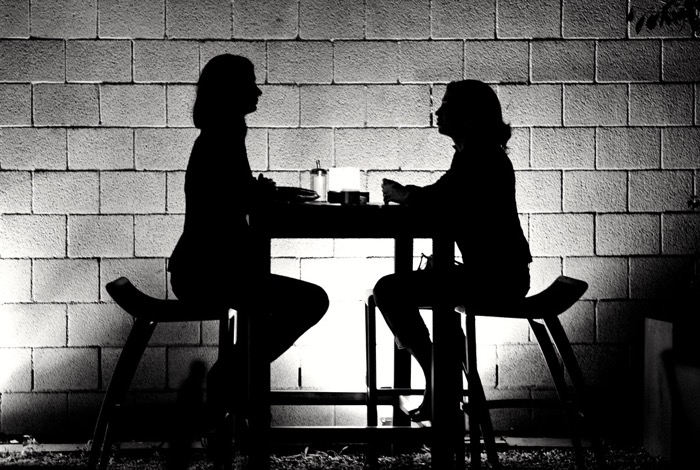
Sources are one of the most valuable resources for a journalist. They need to be handled with care in order to build trust and gain knowledge.
Without sourced information, the reports produced may end up being padded with rumour and personal opinion – and that isn’t journalism. But what about dealing with suspects as news sources? Don Ray shares his experience.
Note: The following article by Don Ray was originally written in American English. It is published here, with permission, in English English which is the MHM house-style. Don looks at how to deal with suspects as sources.
20 ways suspects can help a journalist
The following is my tip sheet – “The Source Whisperer” – where I set out how I have interviewed suspects or criminals in the course of my investigative journalism in order to unearth valuable information.
- He gives you videotapes of the crime taking place, confesses on camera and names his accomplices.
- She confesses on camera, names her accomplices and takes you to the scene of the crime.
- He confesses on camera and names his accomplices.
- She confesses on camera and takes you to the scene of the crime.
- He confesses on camera with full face.
- She confesses on camera in silhouette or otherwise disguised.
- He confesses off camera and gives you permission to use the confession.
- She gives you important information about the case, but off camera.
- He goes on camera, full face, but doesn’t confess. He either lies or refuses to answer.
- She goes on camera in silhouette or otherwise disguised, but she lies or refuses to answer.
- He allows you to videotape him walking or working, but doesn’t sit down for an interview.
- She provides you with photographs or video of herself and gives you permission to use them.
- He confirms information unrelated to his actual involvement, i.e. information about others.
- She confirms that, indeed, there’s an investigation, but will not comment on it.
- He will not talk on the record, but draws you a map that leads you to important information.
- She will not talk on the record, but confirms that she is, indeed, the person you’re looking for.
- He will not talk on the record now, but leaves the door open to talk later.
- She will not talk on the record, but will allow you to call again.
- He will not even talk to you, but doesn’t threaten your life.
- She will not even talk to you, except to threaten your life.








